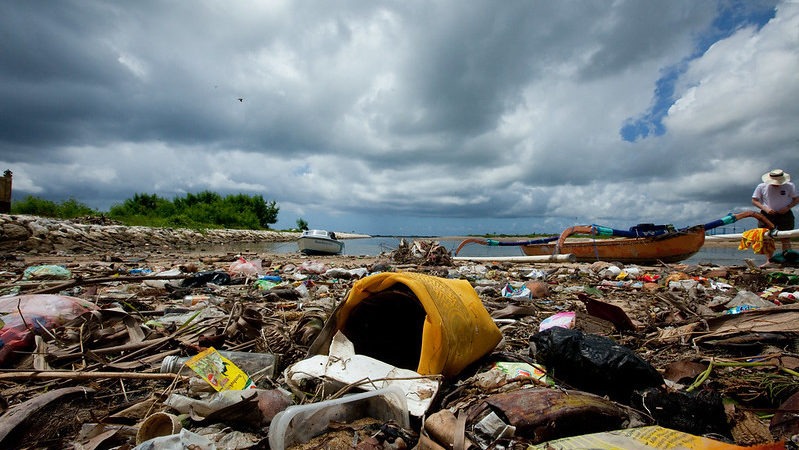Item Link: Access the Resource
Date of Publication: January 22
Year of Publication: 2024
Publication City: Berlin, Germany
Publisher: Springer Nature
Author(s): Collin P. Ward, Christopher M. Reddy, Brian Edwards et al.
Collaboration is key to making plastic use greener as soon as possible. Our experience yields tips on how to set up industry–academic partnerships.
From the top of Mount Everest to the deepest ocean trench, pieces of plastic are found almost everywhere on Earth. Specks have even been found in human blood and breast milk. This pervasiveness is just one aspect of a global crisis that encompasses the entire life cycle of plastics.
More than 95% of plastics are currently manufactured using fossil fuels1. In 2019 alone, the carbon footprint from their production reached 1.8 billion tonnes of carbon dioxide, or 3.7% of global greenhouse-gas emissions — around twice as much as is generated by aviation2.
Read the full article here.
The views and opinions expressed through the MAHB Website are those of the contributing authors and do not necessarily reflect an official position of the MAHB. The MAHB aims to share a range of perspectives and welcomes the discussions that they prompt.
